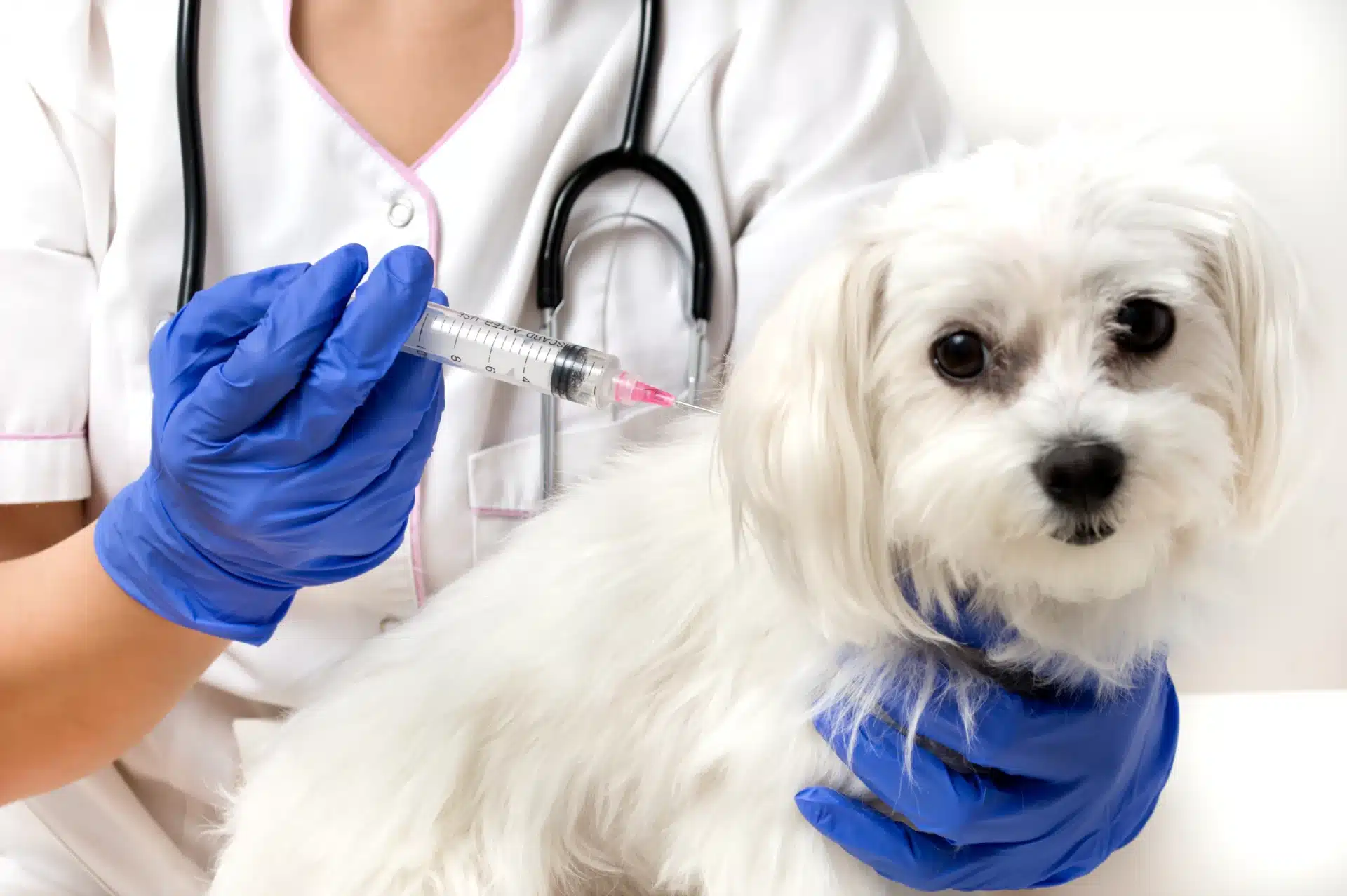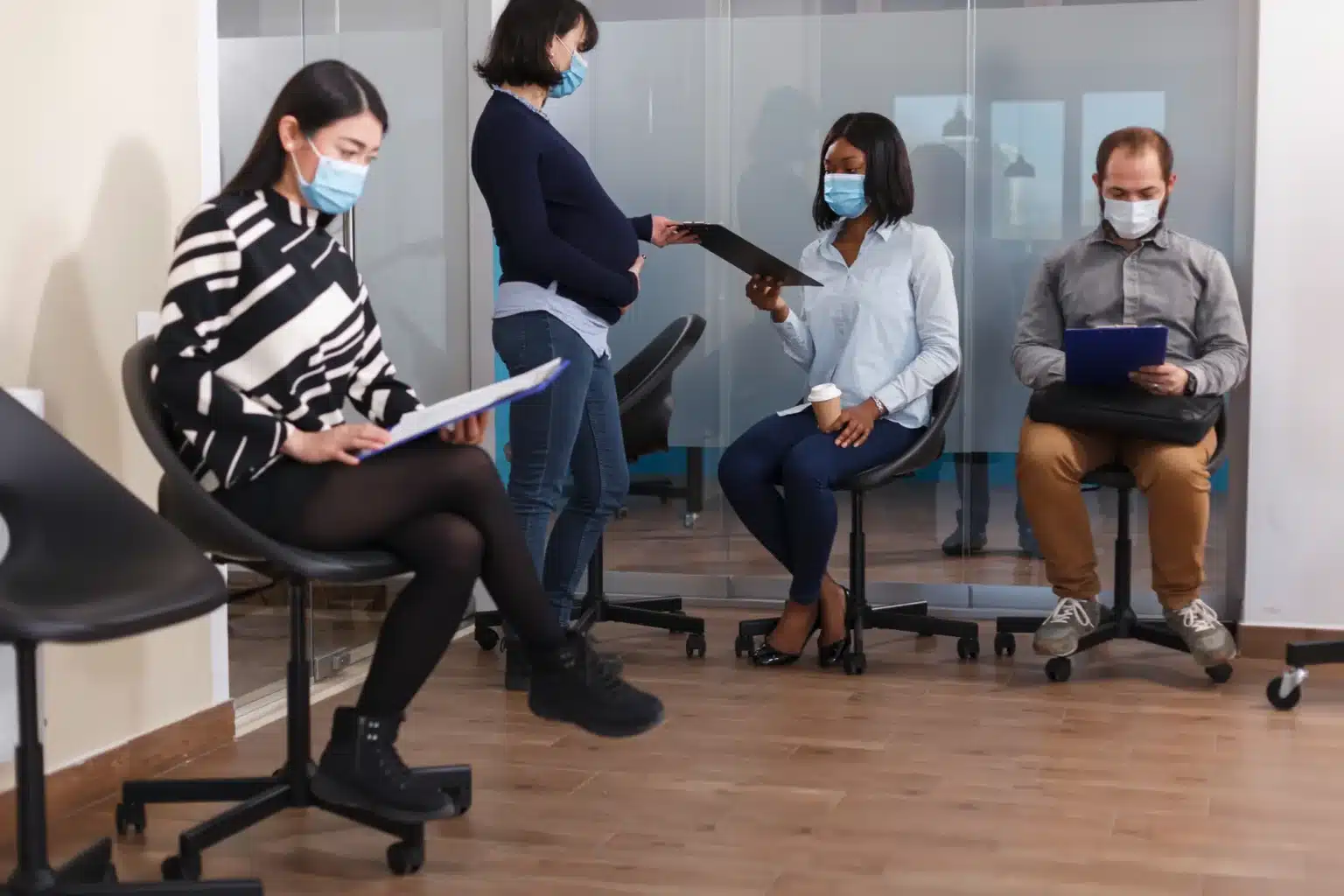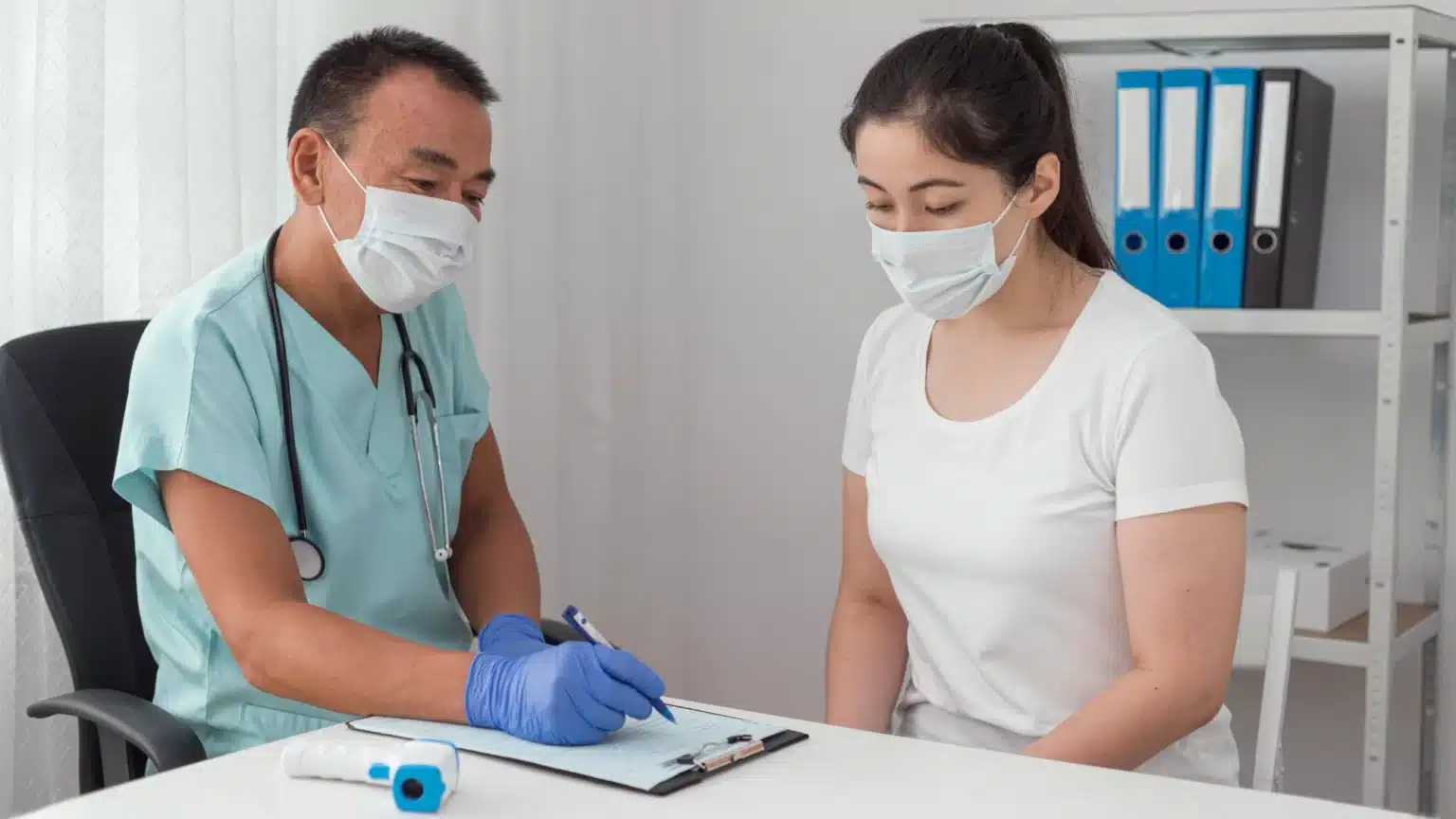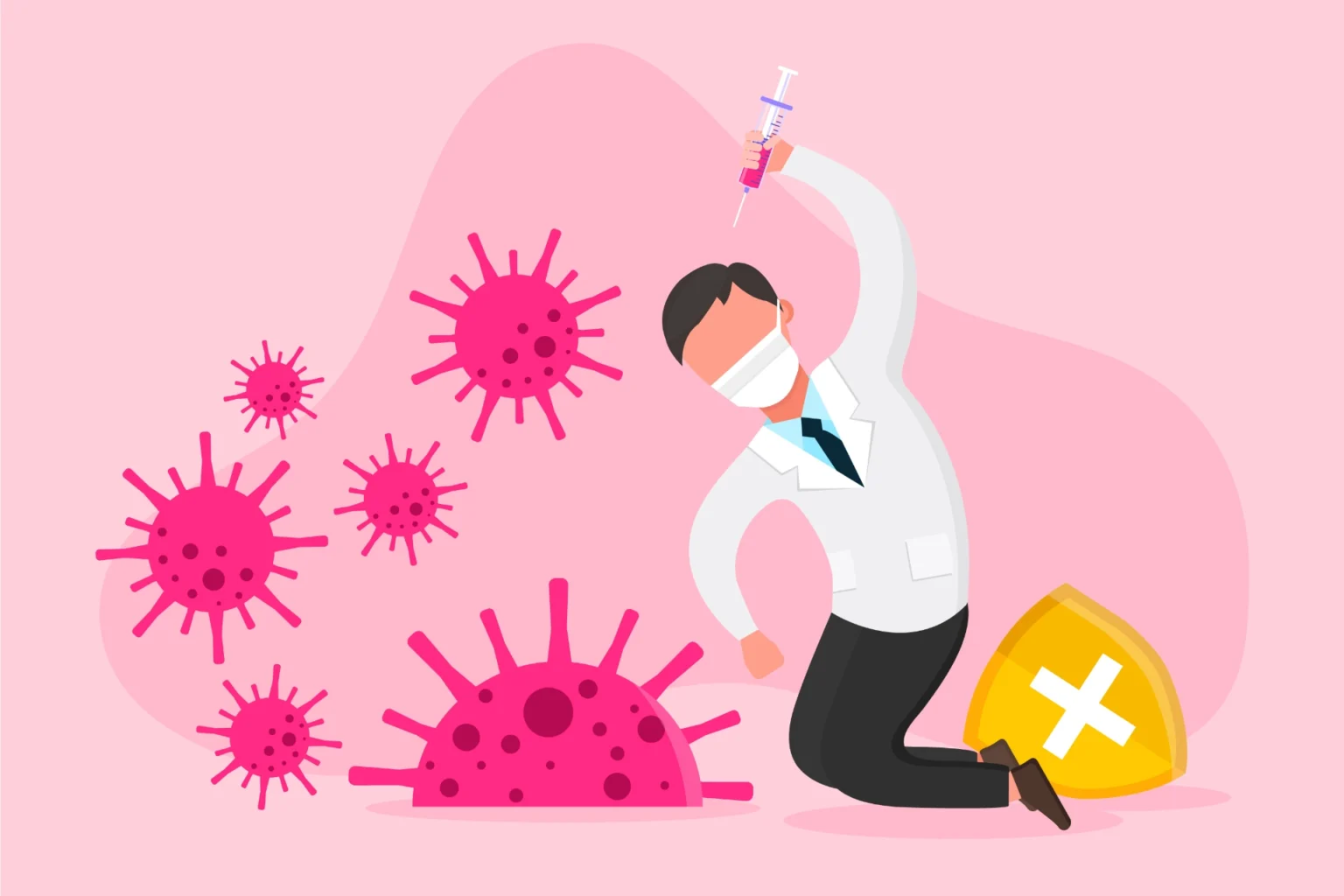Rabies is a potentially deadly disease that requires immediate medical attention if exposure is suspected. In the U.S., rabies is relatively well-controlled, but animal bites are still common, with over 4 million Americans reporting bites each year. Around 800,000 of these bite cases require medical care to assess the risk of Rabies exposure. If you’ve been bitten or scratched by an animal, it’s critical to know when to seek medical care for rabies prevention.
When Should You Seek Medical Attention?
While rabies vaccines are life-saving, they are complex, expensive, and in limited supply. It is crucial to quickly assess whether a person needs the rabies vaccine after an animal bite or scratch. Public health systems, along with healthcare providers, evaluate the situation to determine if rabies-related care, including the vaccine, is required. Without timely vaccination, rabies is nearly always fatal once symptoms begin, so a rapid assessment is essential.
In some cases, particularly after low-risk exposures such as bites from healthy pets, rabies treatment can be delayed while the animal is observed. However, for high-risk bites—such as those from bats, raccoons, or skunks—treatment should begin immediately to ensure the best chance of preventing the disease.
Steps to Take After an Animal Bite or Scratch
If you’ve had contact with wildlife or an unfamiliar animal, follow these steps to reduce your risk of rabies:
- Clean the wound immediately: Wash the area with soap and water for at least 15 minutes. This helps flush out any potential virus from the wound.
- Seek medical advice: Contact a healthcare provider or local health department to assess your risk and determine if you need rabies-related medical care.
- Provide details about the animal: Inform your healthcare provider about the type of animal involved and any signs that suggest the animal was behaving abnormally.
- Check on vaccination status: If the animal is a pet, ask the owner if the pet is up to date on their rabies vaccinations. This information can help your healthcare provider make decisions about whether you need the rabies vaccine.
High-Risk Animals and Rabies
All mammals can potentially carry rabies, but some animals are considered higher risk than others. If you are bitten by a bat, raccoon, skunk, fox, or any other high-risk animal, seek rabies post-exposure prophylaxis (PEP) immediately. In these cases, delaying treatment could be dangerous. Even if the animal in question is being tested for rabies or observed, it’s often recommended to start treatment right away, especially if the bite was near the head or neck.
In summary, any potential rabies exposure from an animal bite should be taken seriously. Contact your healthcare provider or visit your nearest animal bite center, such as SureVax Animal Bite Center, to ensure you receive the care you need. Rabies is preventable with prompt action, but treatment must begin before symptoms appear. Don’t wait to seek medical advice if you’ve been bitten or scratched by any mammals.
Source: Centers for Disease Control and Prevention, “When to Seek Medical Care for Rabies.”







 Anti-Rabies Vaccine (Pre-Exposure)
Anti-Rabies Vaccine (Pre-Exposure)

